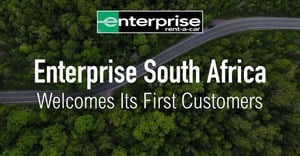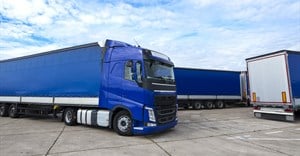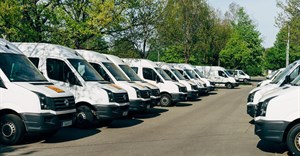Trending
Elections 2024
Leasing versus ownership is not a clear-cut decision

While financial considerations are most obvious, these are not the only factors to take into consideration. Trucking routes, seasonality, organisational preferences, the type of operation, and even the configurations of a fleet must also be considered.
Each organisation has unique needs, which is why a flexible leasing solution that allows customers to select a variety of options should be investigated. The ultimate decision will depend on what is best for the fleet operator and the company at a given point in time.
Irrespective of how a vehicle is financed, the cost of finance is usually the largest single cost of owning and operating a fleet of vehicles, other than for long distance transport, where fuel is the largest cost element by far. There are a few options for financing vehicles, including an outright purchase, financial leasing and an instalment option. No matter which option is chosen, in today’s times, the focus for fleet managers should be on achieving the lowest cost of ownership.
Full maintenance leasing from a third-party provider remains an advantage over the ownership model for a variety of reasons, the foremost of which are purchasing power and an expansive, reliable maintenance and support network. This is especially true for larger fleets where the business is motivated by the benefits from tax structures and cash flow. For example, a larger fleet may not need the depreciation benefit that comes with financing a loan and will decide to take advantage of leasing’s lower payment options, which then allows them to basically allocate the monthly lease payment as an expense. This also provides for shorter vehicle life cycles and allows them to take advantage of the latest technologies as they become available.
Customising solutions, maximising benefits
There is no one-size-fits-all solution, and customers should have an ability to determine their own terms, financing arrangements, and the service delivery method of their choice. A major benefit of financing a fleet is it that it offers fleet operators a specific, customised finance structure, with terms that match their specific needs.
More and more fleet operators are also acknowledging that while they need trucks for a job, they don’t need to own them. They want productive vehicles to increase driving time, and to manage the rising cost of equipment, mainly due to emission rules and to new technologies that promise tremendous value. This places more emphasis on maintenance, with the need for more highly trained technicians, and more training as information coming off the trucks has to be understood.
The result is that more companies are seeing that running fleets and trucking is not their core capability and they are becoming more and more comfortable with handing that function over to a specialist with buying and procurement experience, one that is able to assist with specifying the right trucks and equipment for their needs, as well as the ability to provide the all-important maintenance to ensure uptime.
At the end of the day it is not about one option being inherently better than the other, but rather which one is a better fit for an organisation’s financial circumstances and total operations. What is highly beneficial for one company may prove to be a real problem for another.














